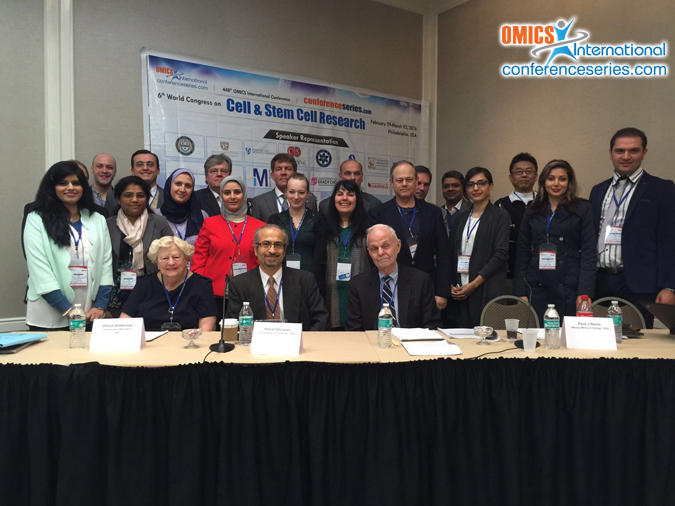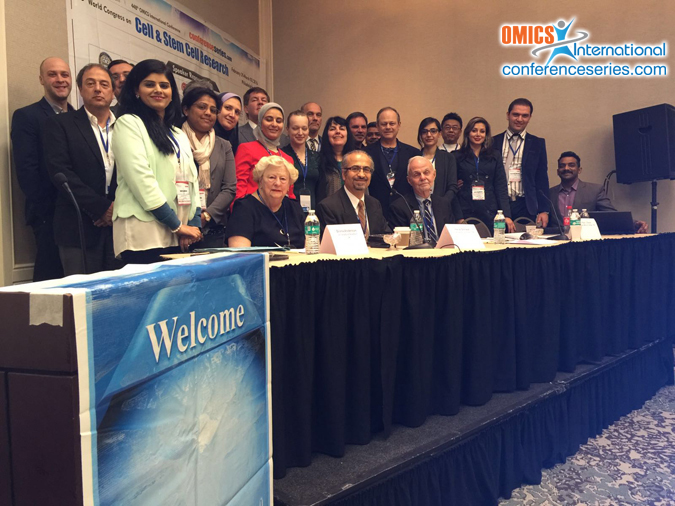
Alan Wells
University of Pittsburgh, USA
Title: Enhancing survival of transplanted stem cells in the wound bed
Biography
Biography: Alan Wells
Abstract
Transplantation of stem cells to augment the intrinsic regenerative capacity is a potential therapy for non-healing wounds. However, such approaches have been less than successful, as the majority of introduced cells are lost within days due to cell death from the harsh wound environment that lacks nutrients and presents apoptosis-inducing cytokines. A cellular engineering approach to enhanced survival could overcome this obstacle. Activation of the EGF receptor at the cell surface, but not from internalized receptors in the endosomes, promotes cell survival in the face of cellular starvation, death cytokine signaling, and toxic agents. The signaling cascade involves tonic low-level activation of Erk MAPK and PI3K/Akt pathways. To achieve this mode of signaling the triggering ligand must be retained in or attached to the substratum or matrix. This can be accomplished by either tethering classical EGF receptor ligands to the substratum, or activating the EGF receptor with cryptic ultralow affinity matrikines present in tenascin-C and laminin V. We have creating matrices with (or without) tethered EGF or tenascin-C. These were introduced into acute full thickness wounds in mice, internal soft tissue in mice (subfascial), and critical cortical bone defects in dogs. In all three instances wound healing and vascularization was significantly increased in the presence of EGF receptor ligand. Xenotransplanted stem cells were retained up to one month in immunocompetent mice, compared to less than a week without the tEGF or tenascin-C. The presence of these cells with the tenascin-C limited scarring in a hypertrophic scar model, even 6 months after wounding, when all the transplanted stem cells have been rejected. The extended survival of these transplanted stem cells allows them to educate the local wound environment, and turn the healing towards regeneration and away from non-functional scarring or failure to heal. This represents a new approach to cellular support for dysrepair.


